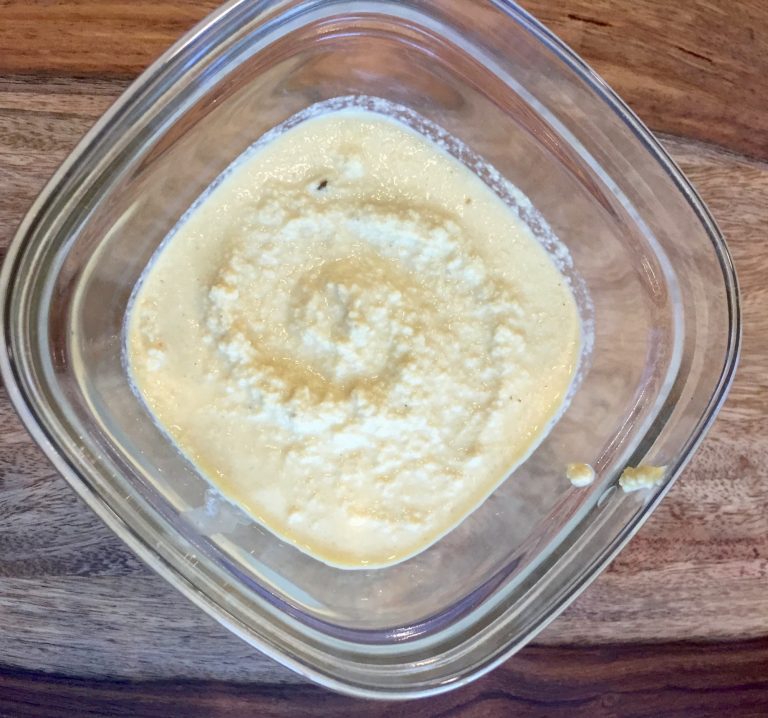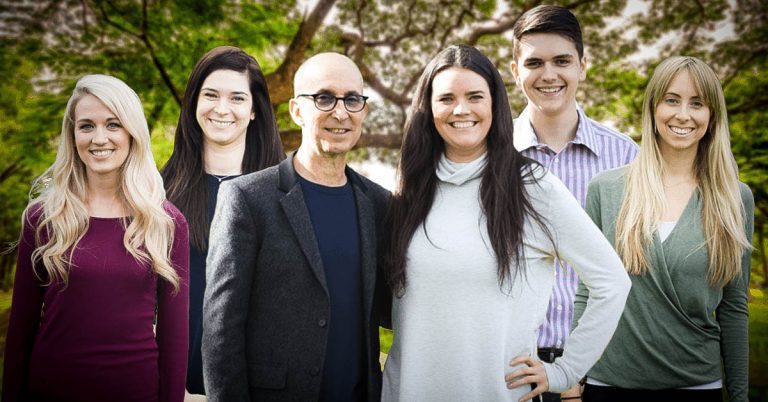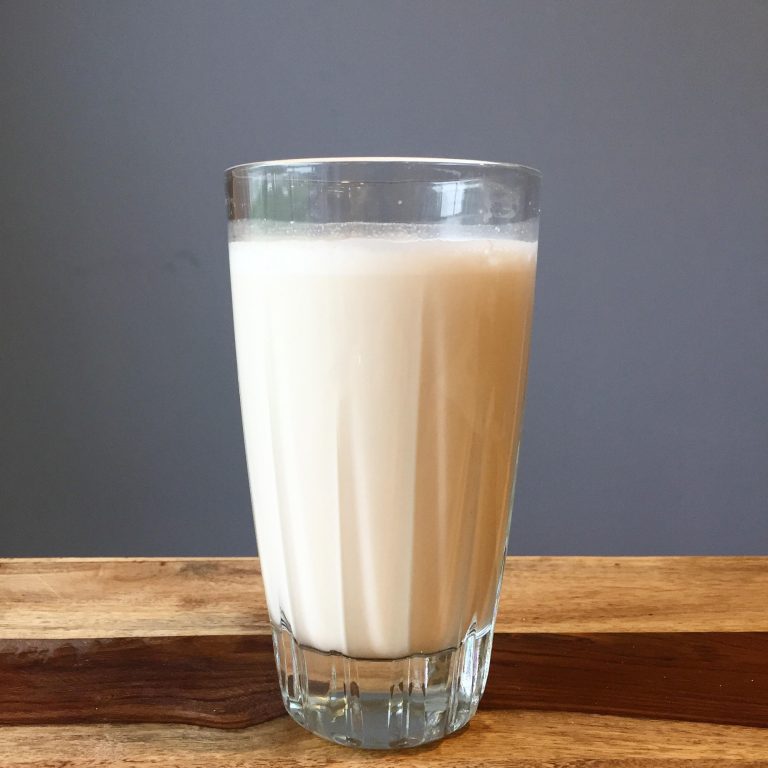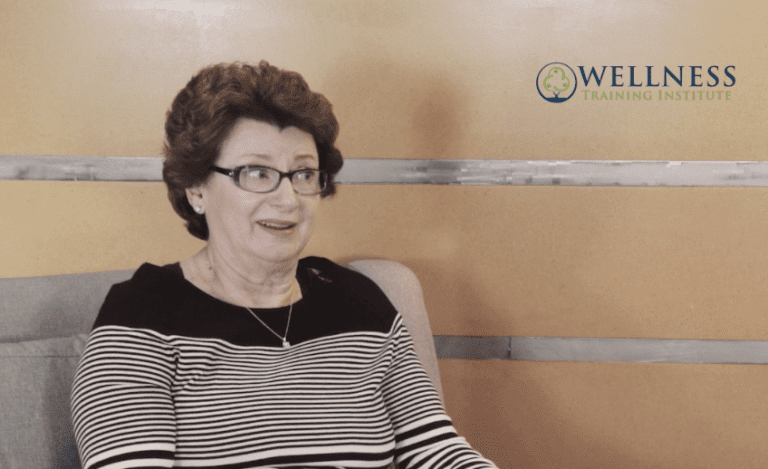Can We Reverse the Obesity Epidemic?
By Michael Dangovian
April 10, 2017

Obesity is at epidemic levels. It’s scary. But, read this to the end, because there’s hope… and you play a big part in it!
If you take a look at obesity trends over the last two decades, it’s remarkably sad. In the 1990s, there were a lot of states in the U.S. where the obese segment of the population was below 10%. Fast forward to today, and there’s not one state that’s under 20%. Some states are close to 35%.
And, keep in mind, we’re talking obese.
Not just overweight.
Obese.
Minorities in our country are at even more risk. African American women have an obesity rate of 57.2%, and Latina women are at 46.9%.
I don’t have to tell you that this is causing a ton of problems for a lot of people. The health effects of obesity are clear: Drastically increased chances of heart disease, stroke, type 2 diabetes, and even certain cancers.

So how did we get here?
There’s no one answer, of course, but over the last half century we’ve seen a perfect storm of contributors.
These include:
Half of what people eat is fast food.
And even with dinners cooked at home, at least half of the food is processed.
In 1975, the average American consumed 11 pounds of added sugar per year. That number is now at 44.
Part of the reason for this particular trend has a lot to do with the publication of the Low Glycemic Index in 1976. Fat was vilified and food producers began bending to public demand by coming out with “low-fat” alternatives. The problem? It tasted terrible. So they added tons of sugar to everything to compensate. (We now know that sugar is far more destructive than fat, but we’re seeing the consequences of this first hand now.)
Food is cheap. As I’ve mentioned before, in 1900 half of household income went to buying food for the family. That number is now down around 12%. Which means you can buy more… and eat more.
The cheapest food is the worst food, in most cases. Think McDonald’s Dollar Menu. It’s also very calorie dense and nutrient light.
But why we’ve gotten to this point isn’t nearly as important as answering this questions… namely, how are we going to end this epidemic?
Because it’s not going to get better on its own.
The stats again show a grim trend.
Since 1980, the childhood obesity rates (ages 2 to 19) have tripled — with the rates of obese 6- to 11-year-olds more than doubling (from 7 percent to 17.5 percent) and rates of obese teens (ages 12 to 19) quadrupling from 5 percent to 20.5 percent. (National Health and Nutrition Examination Survey [NHANES])

Reversing the Epidemic
So, what can we as individuals do to reverse (or, even better, prevent) obesity in ourselves and our loved ones?
There’s no silver bullet, of course, but the starting point is this:
Get educated.
It’s amazing to see how much terrible health information there is out there. Plus, you’re being outright lied to by food companies that spend billions per year trying to get you to buy—and eat—more.
The food itself is designed to be craved and to not fill you up as you’re eating it. (Michael Moss, in his brilliant book Salt Sugar Fat calls this the “bliss point.”)
So, you’re up against a lot.
And it’s not your fault. You’ve been targeted for the last three decades with commercials, billboards, radio ads, website pop-ups… the marketing is everywhere. And it’s coming at you in very sophisticated, very deliberate ways.
The key here is to find the correct information, and understand what the food you eat is really doing to you. Our blog page is a great place to start, but there are a ton of great sites out there that give you honest, peer-reviewed research. (Nutritionfacts.org is certainly one of the best at digging through the literature and then translating the results in a clear, easy-to-understand way.)
And then the next step is starting to incorporate that information into your daily routine. Start eating more vegetables, begin drinking more water, learn to cultivate awareness so that you’ll better understand what signals your body is sending you. It’s all about habits. And habits are formed step by baby step.
You can’t reverse the epidemic all by yourself. But starting today, you can take ownership of your own health and begin to make the small changes that, over time, create an overall habit of health.







